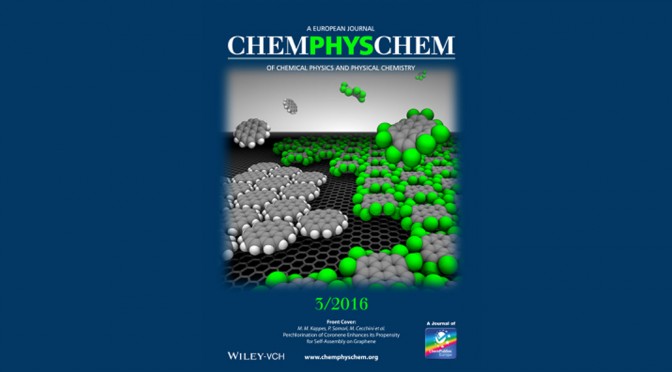The research labs headed by Marco Cecchini and Paolo Samorì in ISIS have recently demonstrated that the chemical functionalization of a prototypical PAH (coronene) by perchloro substitution significantly enhances its propensity to form a self-assembled monolayer on graphene. By using a combination of computational and experimental techniques, we showed that perchlorination enhances coronene adsorption on graphene not only by increasing the strength of surface binding, but also by reducing the entropy cost of self-assembly. The functional advantages of such enhancement have been shown in the context of the liquid-phase exfoliation (LPE) of graphite, which stands out as a promising approach for the large-scale production of graphene. The results presented in this work delineate a novel framework to explore and quantify the energetics involved in molecular self-assembly at surfaces and interfaces. Future applications and developments may open up to the rational design of functional materials.
Reference:
“Perchlorination of Coronene Enhances its Propensity to Self-Assembly on Graphene”. S. Conti, M. G. del Rosso, A. Ciesielski, J. Weippert, A. Böttcher, Y. Shin, G. Melinte, O. Ersen, C. Casiraghi, X. Feng, K. Müllen, M. M. Kappes, P. Samorì, and M. Cecchini. ChemPhysChem, 2016, 17(3), pp. 352–357.
link: http://onlinelibrary.wiley.com/doi/10.1002/cphc.201501113/abstract

